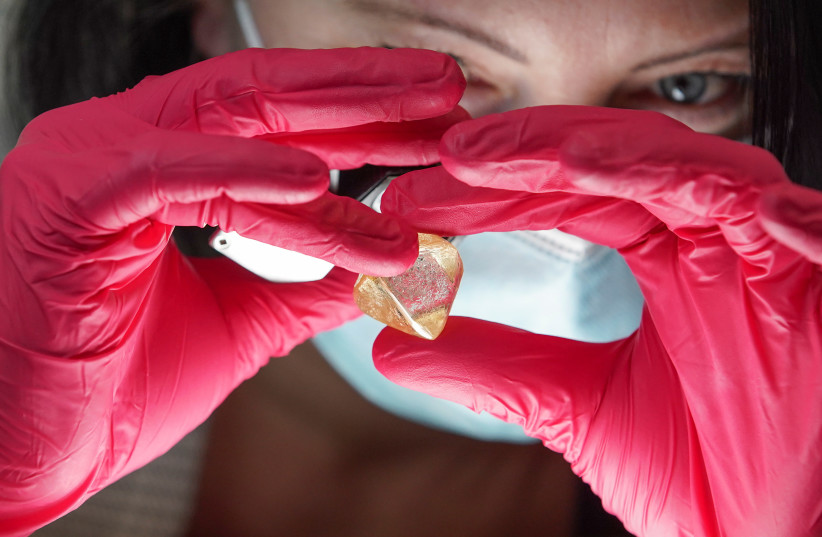Gems have unique elemental compositions that can be used to identify their location of origin, according to a new study published earlier this week found.
The peer-reviewed study, published in the academic journal AIP Advances, recorded how researchers were able to examine the unique elemental compositions to identify ancient trade routes.
What is a gemstone?
A gem, or gemstone, is a piece of mineralized crystal which has been cut and polished. Gems, often appreciated for their beauty, have been harvested from mines and traded throughout the world for thousands of years.
The researchers analyzed gems from the Arabian-Nubian Shield and compared them with similar gems from around the globe by using laser-induced breakdown spectroscopy (LIBS), Fourier transform infrared (FTIR) spectroscopy, and Raman spectroscopy.

By using the aforementioned technologies to review the gems, the researchers identified the elements which caused the gems’ unique colors. The iron content, for example, correlated to the amethysts' purple color.
In the Arabian-Nubian Shield, gemstones are exposed to mineral deposits between the Red Sea in Egypt and Saudi Arabia that originate from the Earth’s earliest geological age. Through looking at the gems’ unique compositions, and where those gems have been found globally, the researchers were able to identify historic trade routes.
"We showed the main spectroscopic characteristics of gemstones from these Middle East localities to distinguish them from their counterparts in other world localities," said author Adel Surour to Science Daily. "
This includes a variety of silicate gems such as emerald from the ancient Cleopatra's mines in Egypt, in addition to amethyst, peridot, and amazonite from other historical sites, which mostly date to the Roman times."
"Gemstones such as emerald and peridot have been mined since antiquity," Surour said. "Sometimes, some gemstones were brought by sailors and traders to their homelands. For example, royal crowns in Europe are decorated with peculiar gemstones that originate from either Africa or Asia. We need to have precise methods to distinguish the source of a gemstone and trace ancient trade routes in order to have correct information about the original place from which it was mined."
